Inbox and Environment News: Issue 392
February 3 - 9, 2019: Issue 392
Summer In Pittwater 2019
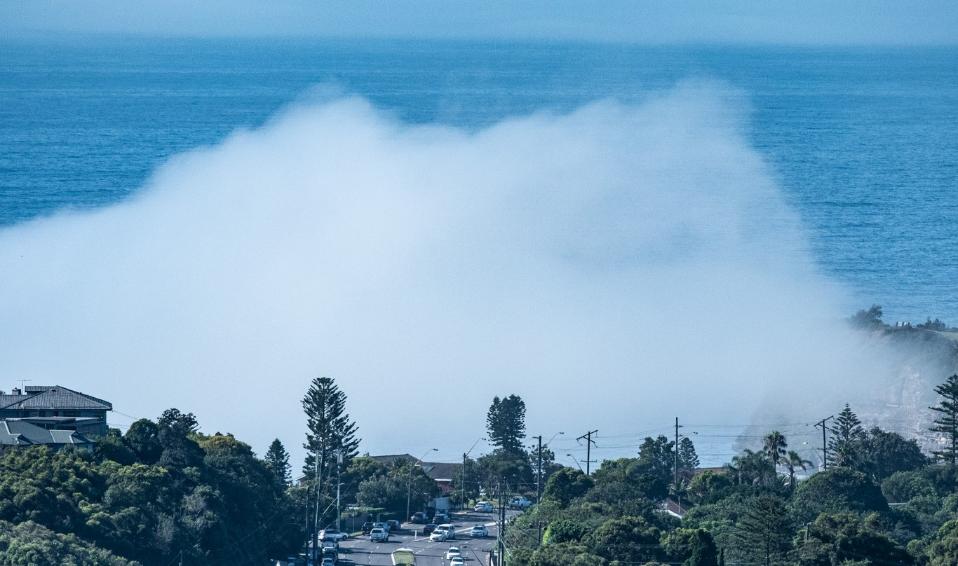
Sea Mist - Bungan Head - 9.10 a.m. Sunday February 3rd 2019 - photo by Michael Mannington, Community Photography
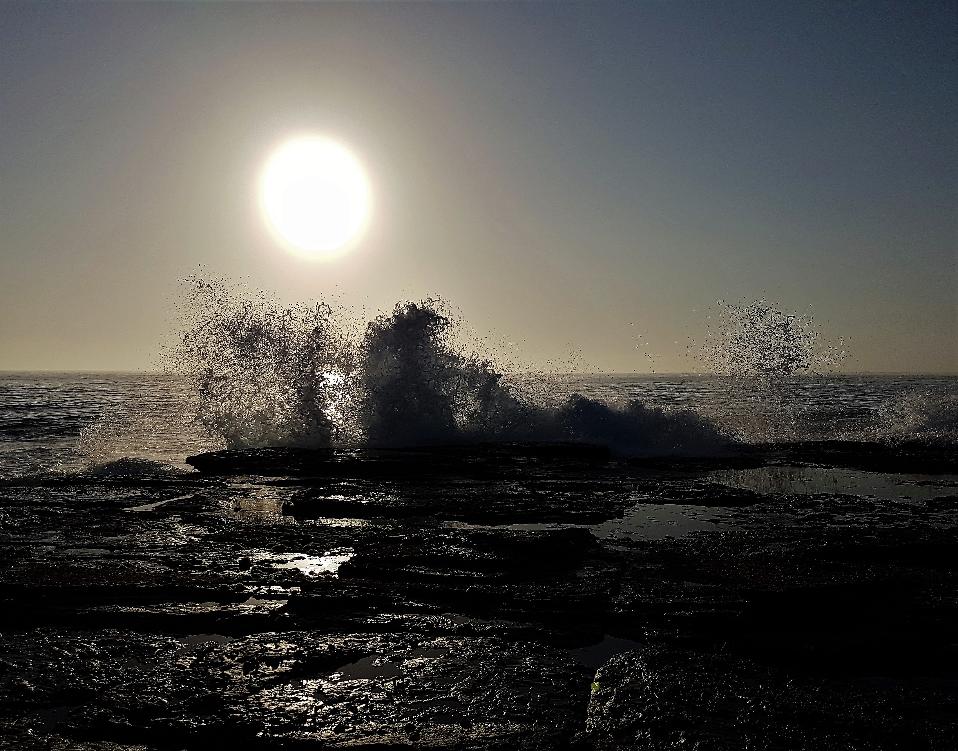
Narrabeen Rock Pool Rock Shelf, just after Dawn - photo by Joe Mills
Spotted: Careel Bay - two Currawongs trying to feed two larger Channel Billed Cuckoo fledglings
Funding For Northern Beaches Wetlands
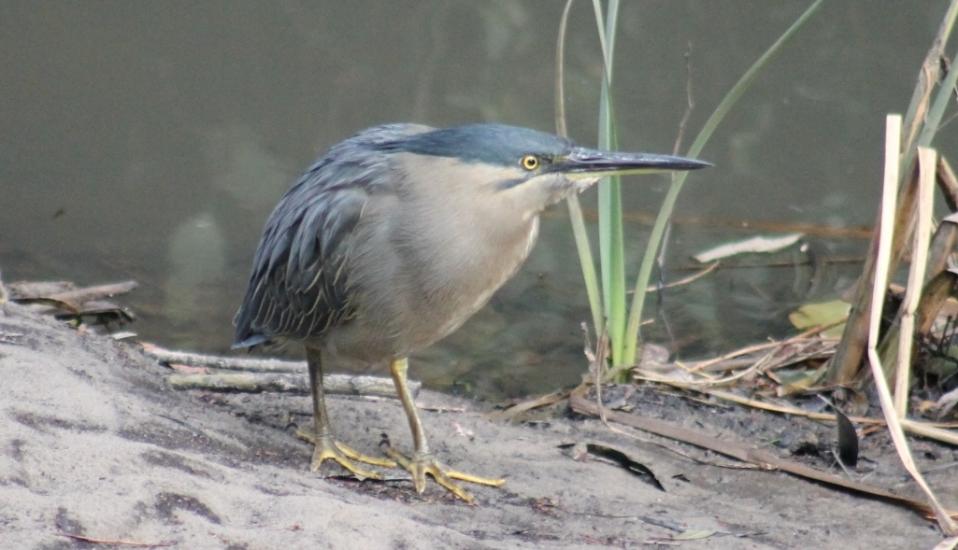
Mangrove or Striated Heron Butorides striata - Careel Creek - photo by A J Guesdon
January 30, 2019
From Office of Hon. Rob Stokes
Member for Pittwater Rob Stokes and Member for Wakehurst Brad Hazzard today announced $320,000 to support the restoration and sustainability of local wetlands.
The funds have been secured under the NSW Government’s Saving our Species program and will support Northern Beaches Council in improving key wetland reserves and protecting threatened ecological communities.
“This is a major boost for environmental management on the northern beaches,” Rob Stokes said today.
“Our wetlands are among the most underappreciated natural areas of our community – despite performing a crucial environmental role.
“There is so much life and activity in these areas and a sustained effort is needed to ensure their ongoing health and functionality,” Rob Stokes said.
“These are spectacular areas of our community which have both environmental and recreational values,” Brad Hazzard said.
“Improvements to our wetland reserves have direct benefits to water quality at our local lagoons and beaches.
“Northern Beaches Council has a strong focus on our natural environment and has a passionate and talented team of staff and volunteers who are committed to its long-term sustainability.
“I'm delighted the NSW government is partnering with Northern Beaches Council to ensure these key areas of our community are protected and improved,” Brad Hazzard said.
The NSW Government’s Saving Our Species program is investing $100 million over 5 years to secure the future of NSW threatened plants and animals.
Further details on the program is available at:
www.environment.nsw.gov.au/topics/animals-and-plants/threatened-species/saving-our-species-program
_________________________________________________________________________________________________________
Bush Regen. At Ingleside Commences For 2019
A Survey On Ticks And Wildlife In The Northern Beaches
- Areas where people are encountering ticks more than others (tick 'hotspots'),
- Backyard and landscape features that may influence tick presence, and
- Wildlife using backyards and how this might or might not influence tick occurrence
Avalon Boomerang Bags 2019 Start Date +

Important Community Event: 3D Seismic Testing Planned For Australia's East Coast
January 30, 2019: From Living Ocean
The Federal Government have given approval for intense 3D seismic testing along the East Coast approximately from Newcastle to Woy Woy. This 500 sq.km PEP11 site, a very short distance from Sydney’s Northern Beaches, is in the direct migratory path of the Humpback whales Megaptera novaeanglia, and home to dolphins, turtles and a myriad of marine life.
Science-based evidence shows that ocean noise, such as sonar and seismic testing, has potentially wide ranging and devastating impacts on whales, dolphins and many, as yet not studied forms of marine life.
To raise awareness in our community of the proposed testing and its potential impact, Northern Beaches ocean-based conservation group, Living Ocean, have partnered with Newcastle group ‘Save Our Coast’. Together they are hosting a screening of the award-winning documentary, ‘Sonic Sea’, followed by a discussion with a panel of subject matter experts to allow the public to learn more. Experts including economist, Matt Koch and marine biologist, Libby Eyre and more, will be on hand to answer questions. The moderator is Rowan Hanley - Northern Beaches Council Eco Awards winner 2018.
This will take place on Wednesday 13 February at 7pm at Avalon Beach Cinema, 2107. Tickets are free but are limited and must be pre booked here: https://bit.ly/2RUzeNq
Living Ocean is an ocean-based conservation group on Sydney’s Northern Beaches promoting awareness of human impact on the ocean through research, education and community action. The group develops and nurtures close and important partnerships with schools, marine scientists, independent corporations and government agencies.
Its whale research program builds on research that has been conducted off Sydney’s Northern Beaches by experts over many years and its Centre for Marine Studies enables students and others to become directly involved. Additionally, Living Ocean raises funds for other vital ocean conservation groups. Living Ocean successfully lobbied NOPSEMA to postpone initial 2D testing in 2017 set to occur in the middle of the southern Humpback migration period.
Save Our Coast is a Newcastle-based not-for-profit community, dedicated to protecting marine animals and the coastal ecosystem. They aim to educate, inspire and empower the community to revere and care for our coastal environment.
The event, which is supported by The Boathouse and Le Pont Wine Store, will include live music, art and will conclude with an after dark light show.
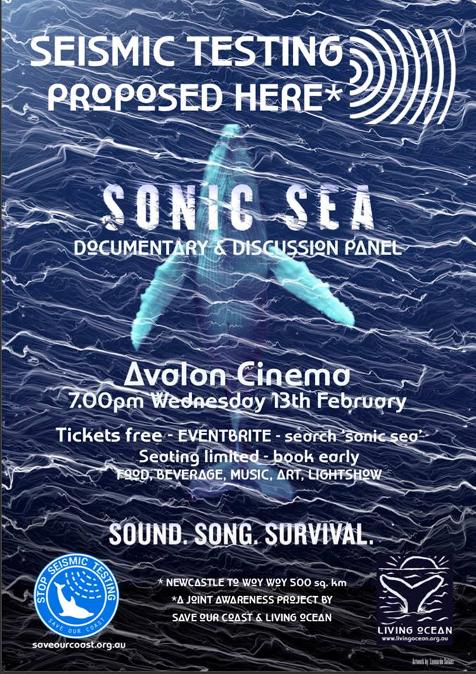
Abrahams Calls For Unified Political Opposition To Oil And Gas Rigs Off Our Coast

Upper Hunter Coal Mine Recommendation Shows The Urgent Need For Farmland Exclusions
Extreme Weather And Geopolitics Major Drivers Of Increasing 'Food Shocks'
Friends Of Narrabeen Lagoon Catchment February 2019 Forum
Council Issues Warning To Beware Of Suspect Tree Operators
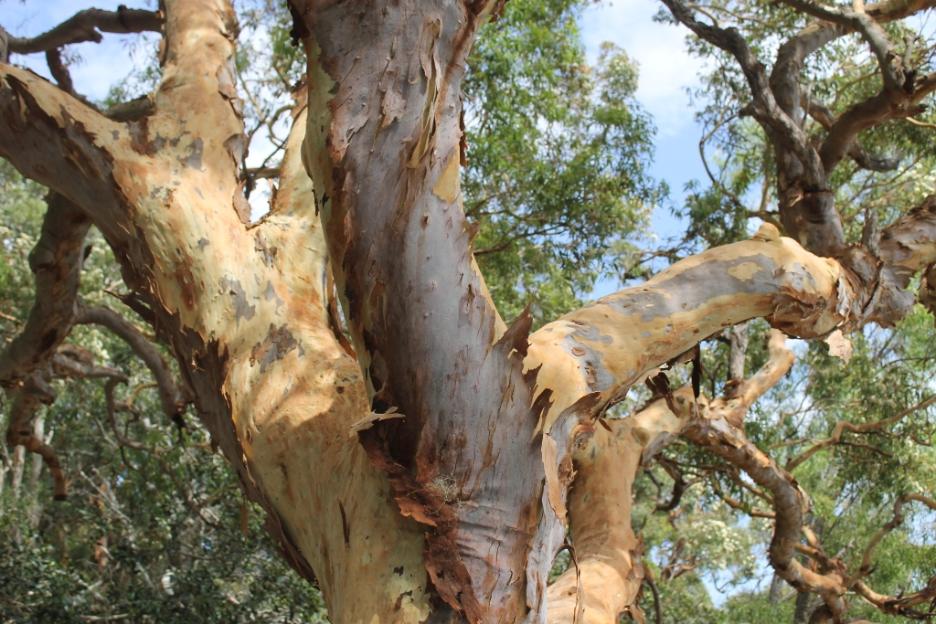
Long Reef Guided Reef Walks
Blair Refuses To Meet Conservation Groups On Darling River Health
- Environmental water. Inadequate protection of held environmental water especially in sub-catchments of the Upper Darling River. Current Water Sharing Plans on exhibition for public comment, as part of the Water Resource Plan consultation, have no rules to protect publicly owned environmental water from extraction.
- Drought of record. Water allocation decisions that are currently based on worst inflow records prior to 2004. This has resulted in over allocation of water resources in inland NSW causing water shortages in this current severe drought.
- Flood plain harvesting. The continued failure of government agencies to fully quantify and assess the environmental impact of floodplain water harvesting as part of the Healthy Floodplains Project.
- NSW SDL adjustment projects. The lack of substantial business cases for NSW Sustainable Diversion Limit adjustment mechanism projects (supply measure projects).
Big Miners Dig Deep For Political Parties Donations Registrar Shows
These Two Koalas Lost Their Mothers To Deforestation
Smart Energy Conference & Exhibition 2019
- Over 6,000 delegates, 120 exhibitors and partners
- A showcase of the latest technology, demonstration of new business models and innovation
- Outstanding knowledge sharing and networking
- 3 Conference and information sessions with over 100 presenters
- CPD points for installers
Plastic In Britain's Seals, Dolphins And Whales
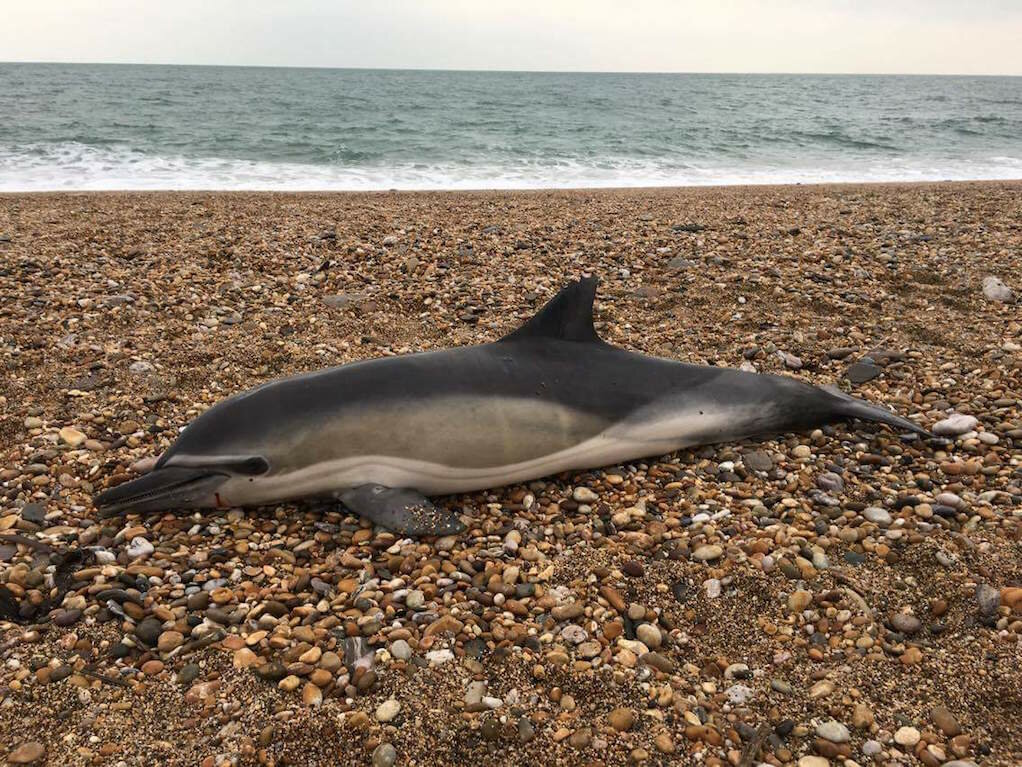
Earth's Largest Extinction Event Likely Took Plants First
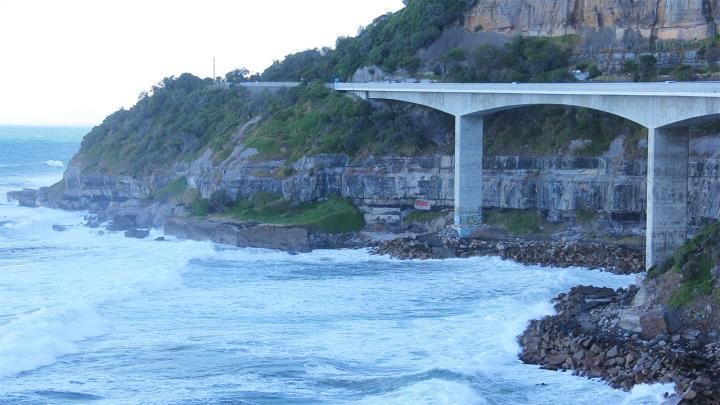
Australia Post To Operate Nation’s Largest Electric Vehicle Fleet

Climate Change And Infertility - A Ticking Time Bomb?
Statin Therapy Found Safe And Effective For People Over 75 Years
Health Check: What Causes Bloating And Gassiness?
Poor Sleep At Night; More Pain The Next Day
Missing-Link In Planet Evolution Found
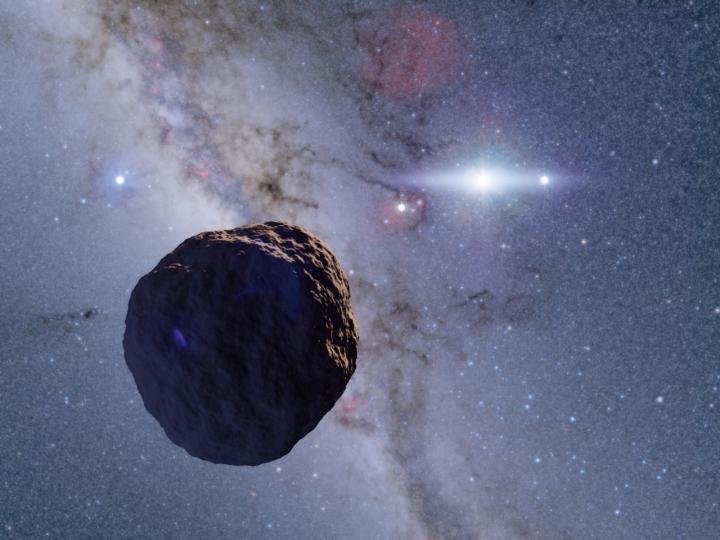
Panic Attacks Tackled In One-Week Intensive Online Therapy
Sleep Apnea Creates Gaps In Life Memories
- Sleep apnoea occurs when the muscles in the upper airway collapse during sleep, blocking off the airway above the voice box.
- Breathing stops for a period of time (generally between 10 seconds and up to 1 minute) until the brain registers the lack of breathing or a drop in oxygen levels and sends a small wake-up call. The sleeper rouses slightly, opens the upper airway, typically snorts and gasps, then drifts back to sleep almost immediately. This pattern can repeat itself hundreds of times a night, causing fragmented sleep.
- Around one in four men over the age of 30 years have some degree of sleep apnoea, making it more common than asthma.
- Conservative treatment includes weight loss and cutting back on alcohol.
- Active treatment includes nasal CPAP, mouthguards or surgical correction of upper airway obstruction.
- Daytime sleepiness may distinguish simple snorers from people with sleep apnoea.
Earth's Continental Nurseries Discovered Beneath Mountains
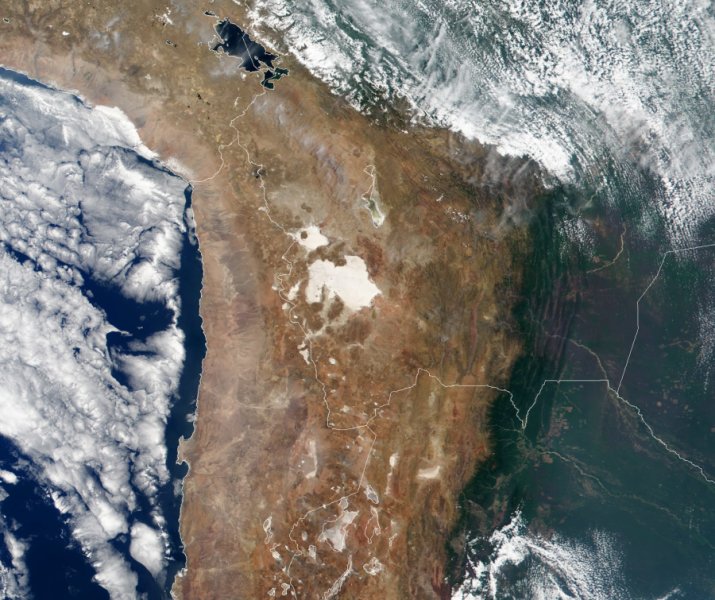
Disclaimer: These articles are not intended to provide medical advice, diagnosis or treatment. Views expressed here do not necessarily reflect those of Pittwater Online News or its staff.